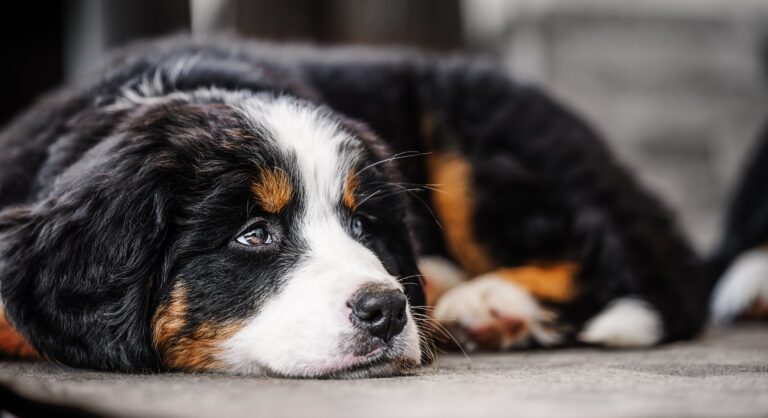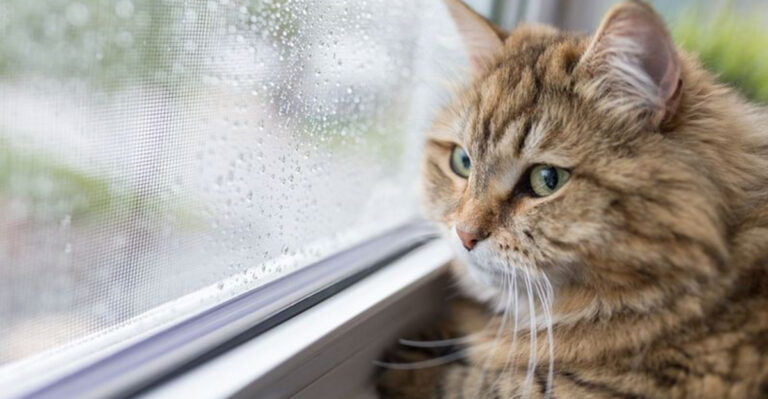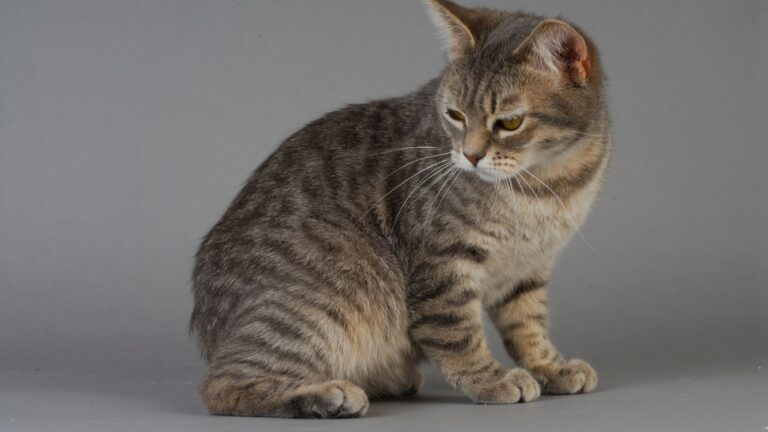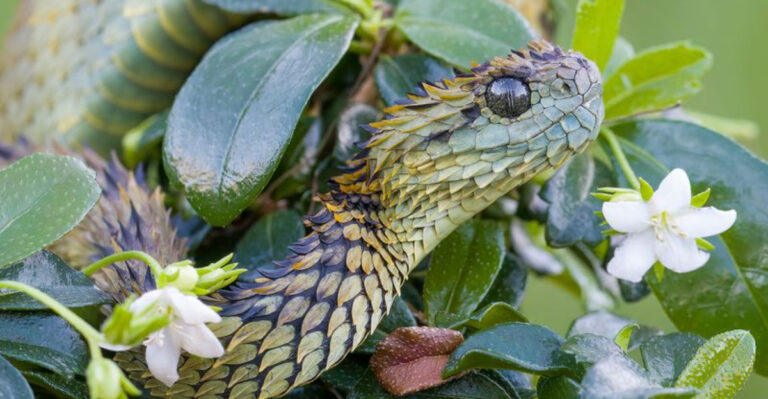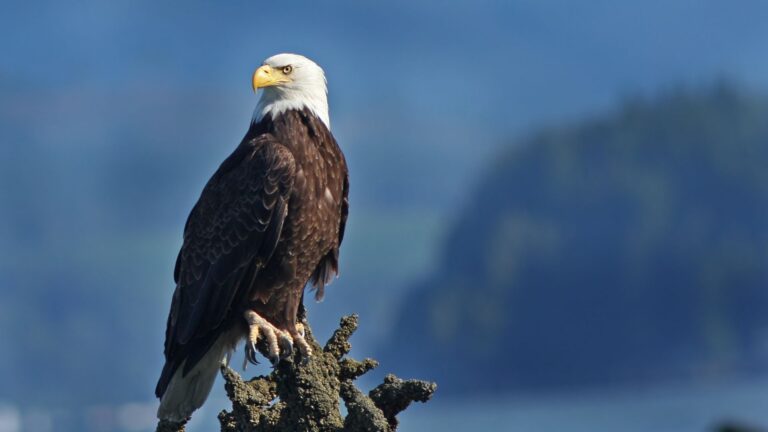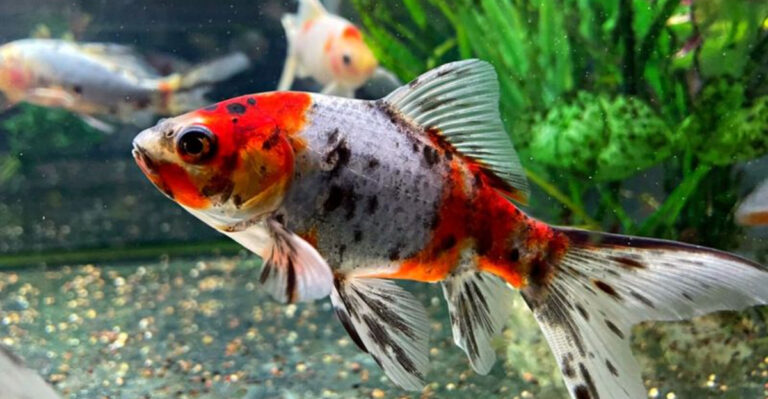16 Interesting Birds With Feathers That Change Color
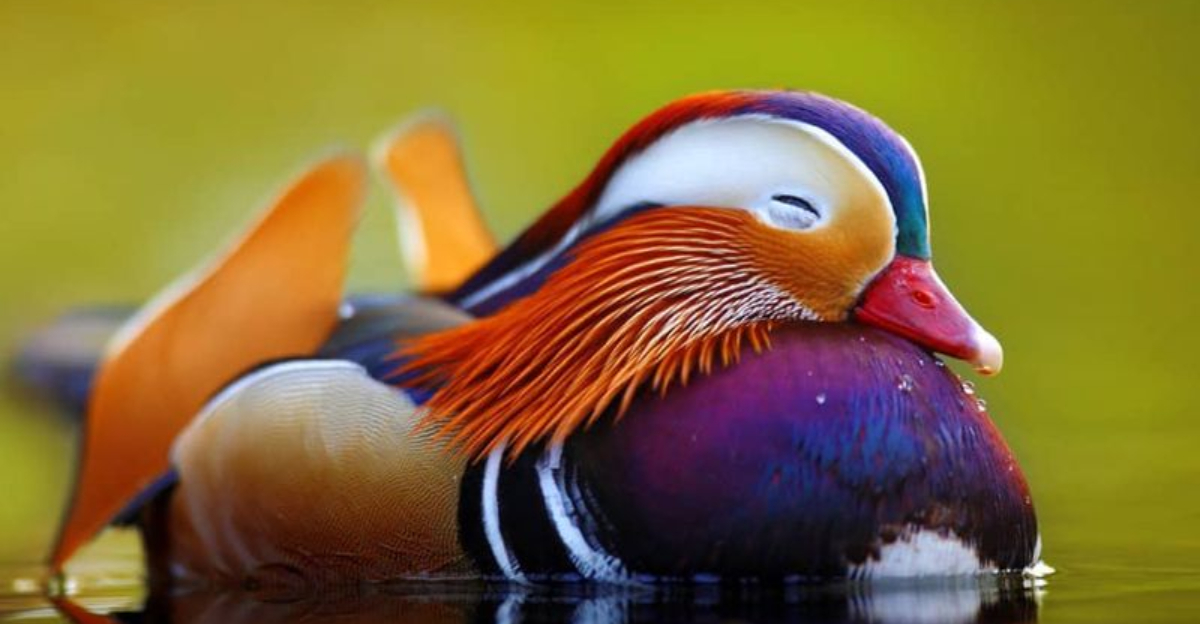
Birds are amazing creatures that showcase nature’s creativity in countless ways. One of the most fascinating abilities some birds possess is changing the color of their feathers without molting. This remarkable adaptation helps with everything from attracting mates to providing camouflage. Get ready to meet some of nature’s most impressive feathered chameleons!
1. Magical Mallard Ducks
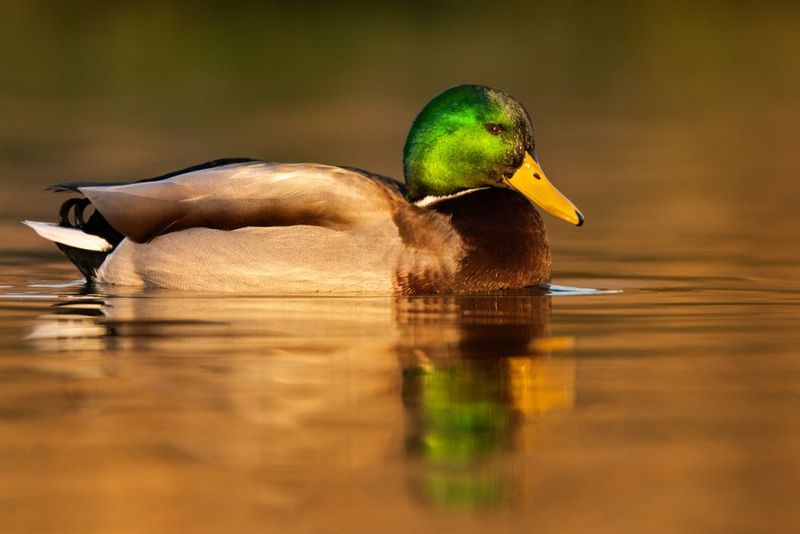
Male mallards transform dramatically with the seasons. During breeding time, their heads shine with iridescent emerald-green, but in summer, these flashy fellows molt into a camouflaged brown plumage called ‘eclipse plumage.’
This temporary disguise helps protect them while they’re flightless during molt. Their feathers contain special structures that reflect light differently as viewing angles change, creating that signature head shimmer.
2. Shimmering Ruby-Throated Hummingbirds
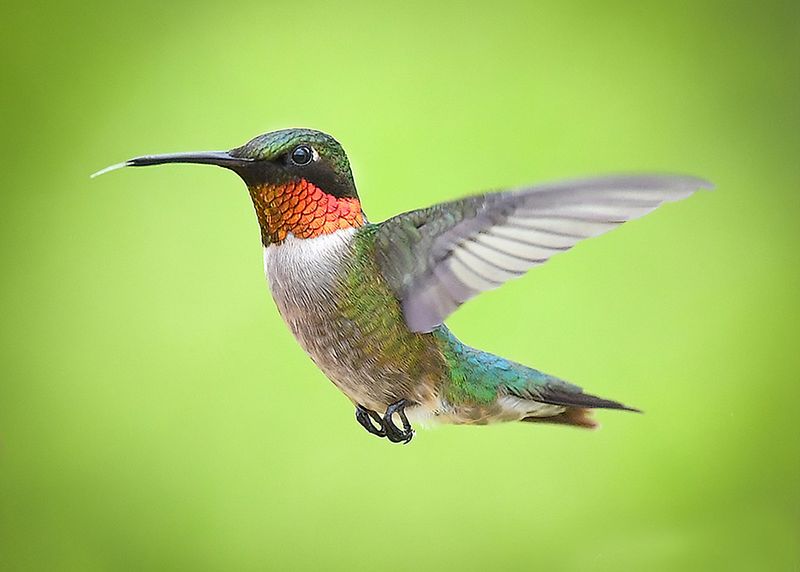
These tiny aerial acrobats possess throat feathers (gorgets) that can appear black one moment and brilliant ruby-red the next. The secret isn’t pigment but specialized feather structures with microscopic platelets that refract light like prisms.
Males flash these colors during elaborate courtship displays. When light hits at just the right angle, the gorget blazes with intense color, but a slight turn makes the red disappear completely.
3. Mood-Ring Roseate Spoonbills
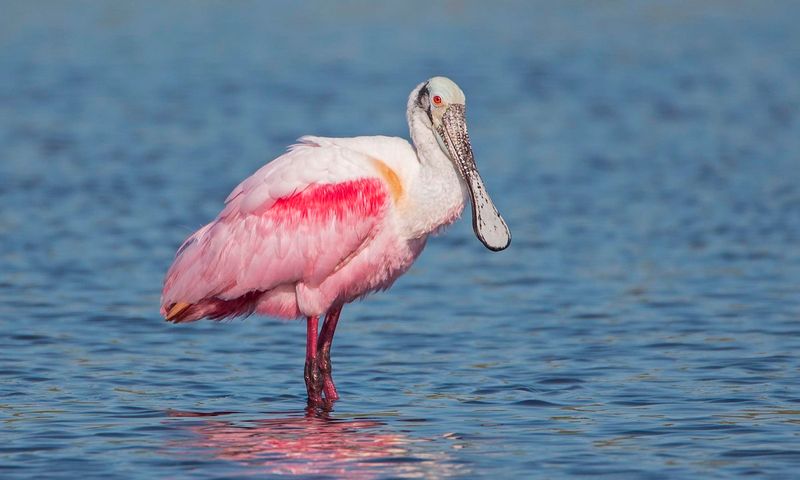
Sporting cotton-candy pink plumage that intensifies with age and diet, these wading birds are living mood rings. Their coloration comes from carotenoid compounds in the crustaceans they eat.
Young spoonbills start with pale pink feathers that deepen to vibrant magenta as they consume more pigment-rich food. Stress or poor nutrition can cause their vivid colors to fade, making their feathers natural indicators of environmental health.
4. Sunlight-Sensitive Blue Jays
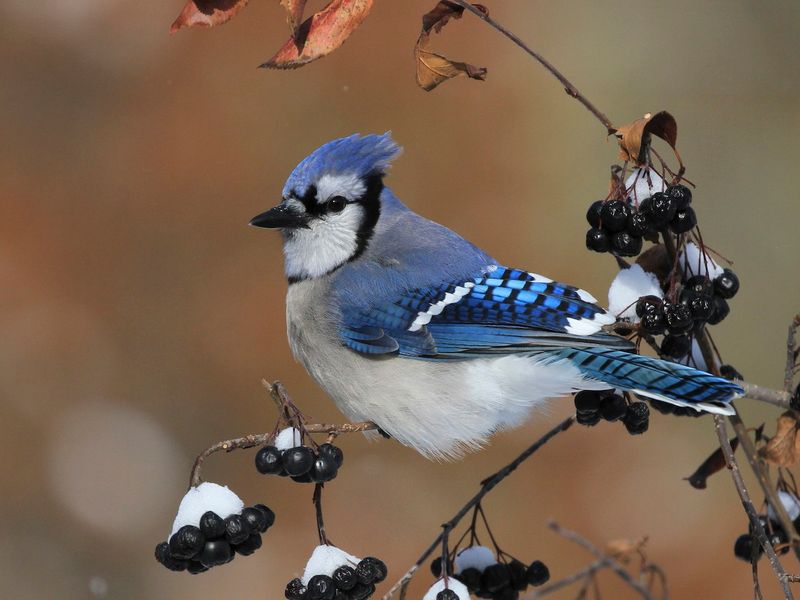
Blue jays aren’t actually blue! Their feathers contain no blue pigment at all. Instead, they possess special cells with tiny air pockets that scatter blue wavelengths of light while absorbing others.
Change the lighting conditions, and their appearance transforms. Under direct sunlight, they display vibrant azure, but in shade, they look significantly duller. Wet a blue jay’s feather, and the blue disappears entirely!
5. Reflective Anna’s Hummingbirds
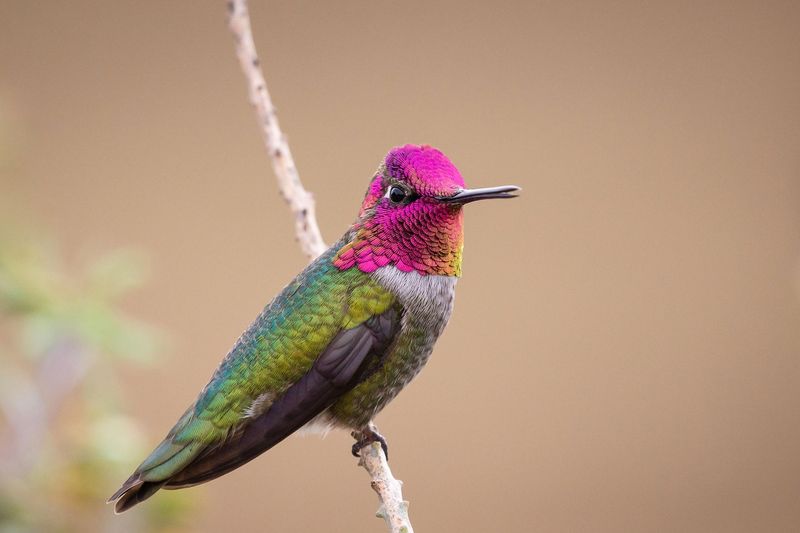
Anna’s hummingbirds perform aerial magic tricks with their feathers. Males sport iridescent magenta crowns and throats that can shift from deep purple to fiery pink to completely dark depending on viewing angle.
During courtship, they showcase this ability by climbing high and plunging toward females in spectacular dives. At the bottom of each dive, they position themselves precisely so sunlight makes their head feathers flash brilliantly.
6. Season-Shifting Ptarmigans
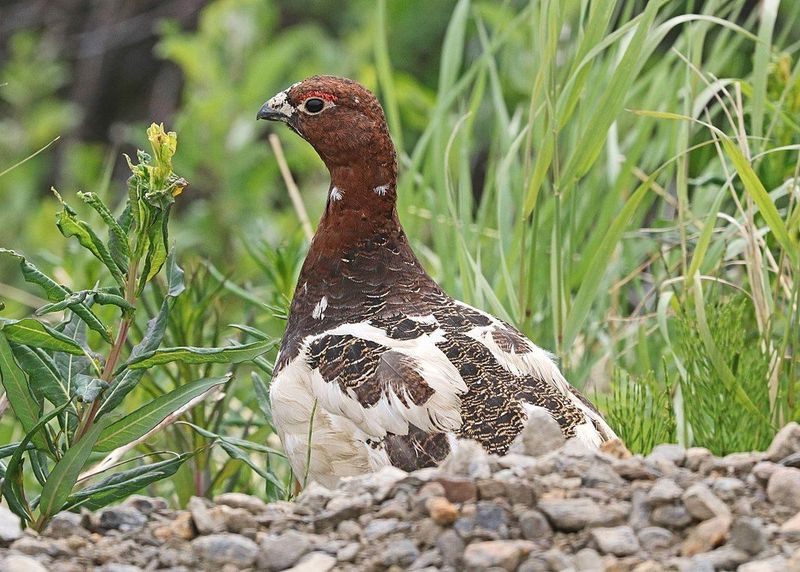
Masters of seasonal transformation, ptarmigans are the ultimate quick-change artists. These Arctic grouse swap their mottled brown summer plumage for pure white winter coats without shedding a single feather.
The color shift happens gradually as pigment is reabsorbed from existing feathers. This remarkable adaptation provides year-round camouflage in environments that transform from rocky tundra to snow-covered landscapes, helping them evade predators like foxes and eagles.
7. Chameleon-Like European Starlings
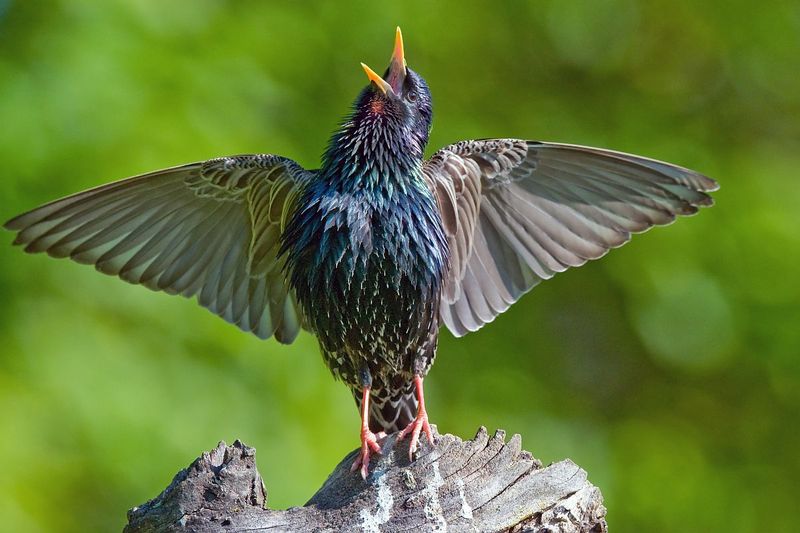
European starlings undergo a fascinating transformation between seasons. Winter brings speckled plumage with white spots resembling stars (hence their name), while summer sees them in glossy black feathers with an oil-slick rainbow sheen.
The change occurs through wear rather than molt – the white tips gradually abrade away to reveal the iridescent base. Their feathers contain melanin arranged in complex structures that create a natural holographic effect.
8. Prismatic Peacocks
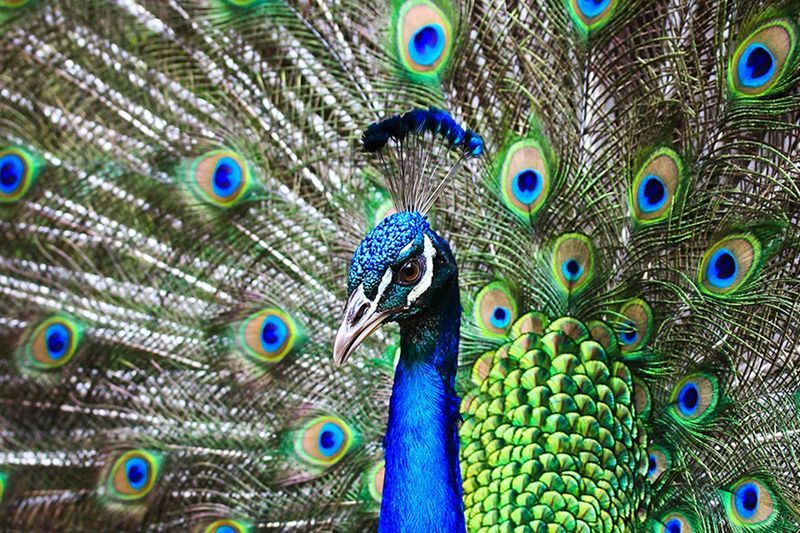
Peacocks flaunt some of nature’s most dramatic color-changing abilities. Their famous tail feathers appear to shift between emerald, sapphire, and golden hues as they move, despite containing primarily brown melanin pigment.
The secret lies in microscopic crystal-like structures that break light into its component colors. Humidity affects these structures – on rainy days, peacock feathers actually display more vibrant blues and greens as water molecules infiltrate the tiny air gaps.
9. Glowing Magnificent Frigatebirds
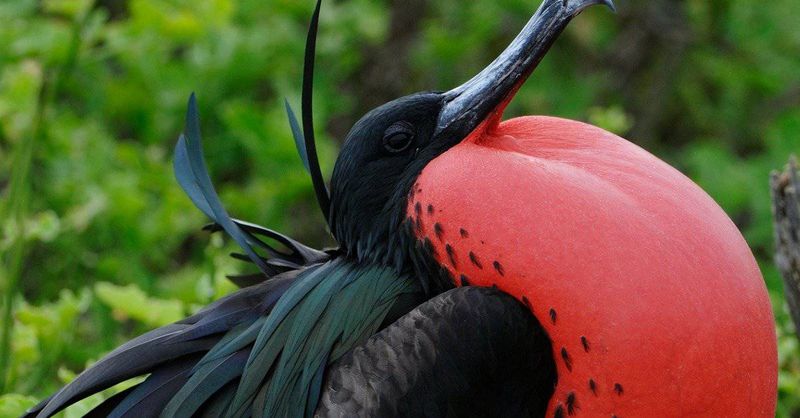
Male frigatebirds possess a remarkable inflatable throat pouch that transforms from an unremarkable dark red to a glowing scarlet balloon during courtship. The feathers surrounding this pouch shift from appearing black to revealing hidden purple and green iridescence.
When excited, blood rushes to the pouch, intensifying its color. Their black body feathers aren’t just black either – they contain nanostructures that create subtle color shifts from deep blue-black to purple-tinged depending on the sunlight.
10. Luminous Violet-Capped Woodnymphs
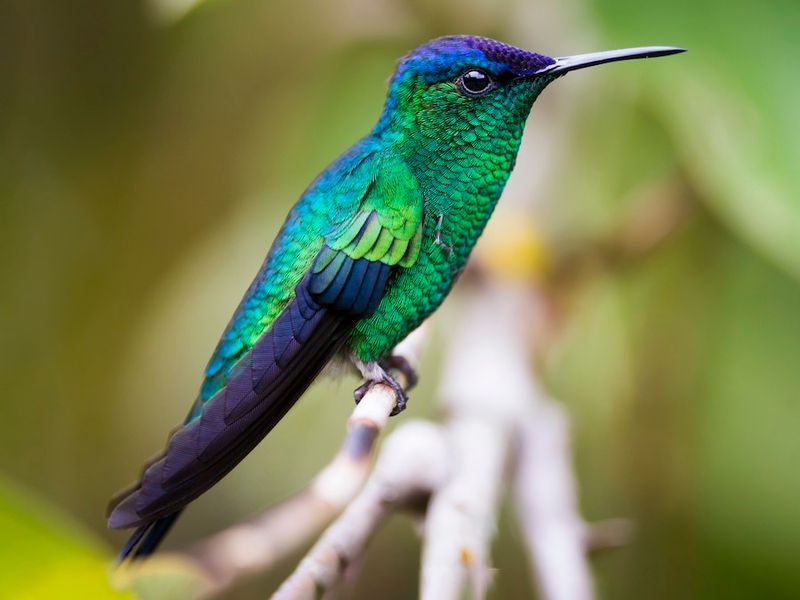
These hummingbirds feature crown feathers that appear black indoors but explode into brilliant violet when sunlight touches them. The transformation happens instantly, like flipping a light switch.
Males perform special flight patterns to maximize this effect during courtship. Their feather cells contain precisely arranged melanin platelets separated by exact distances that selectively reflect violet wavelengths. Even slight damage to these structures permanently disrupts their color-changing ability.
11. Transforming Wild Turkeys
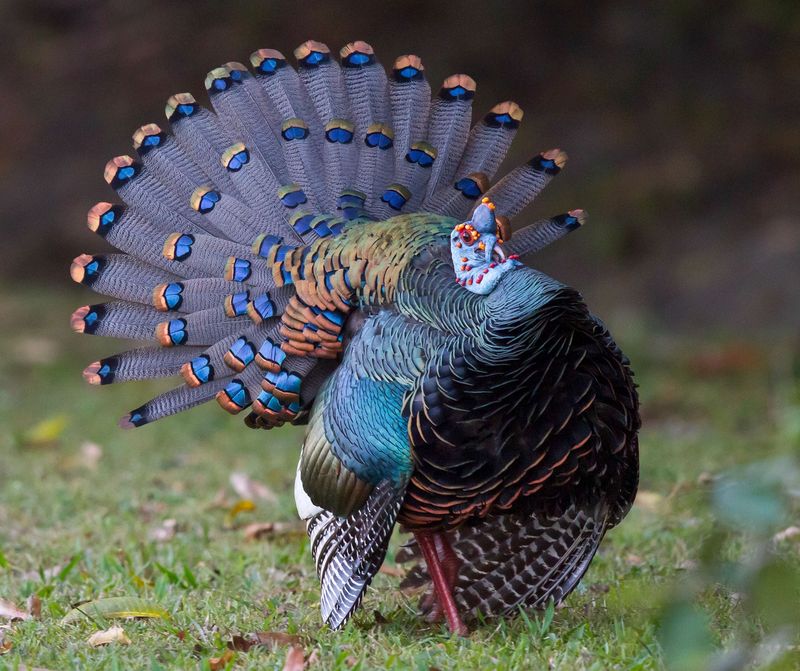
Wild turkey heads aren’t just red – they’re living mood rings that shift between red, white, and blue depending on the bird’s emotional state. Their bare head skin contains special blood vessels that expand or contract based on excitement levels.
During courtship displays, males can change their head color in seconds. Their body feathers also possess hidden talents, appearing dull brown in shade but revealing copper, green, and purple iridescence when sunlight hits them at the perfect angle.
12. Blushing Andean Cock-Of-The-Rock
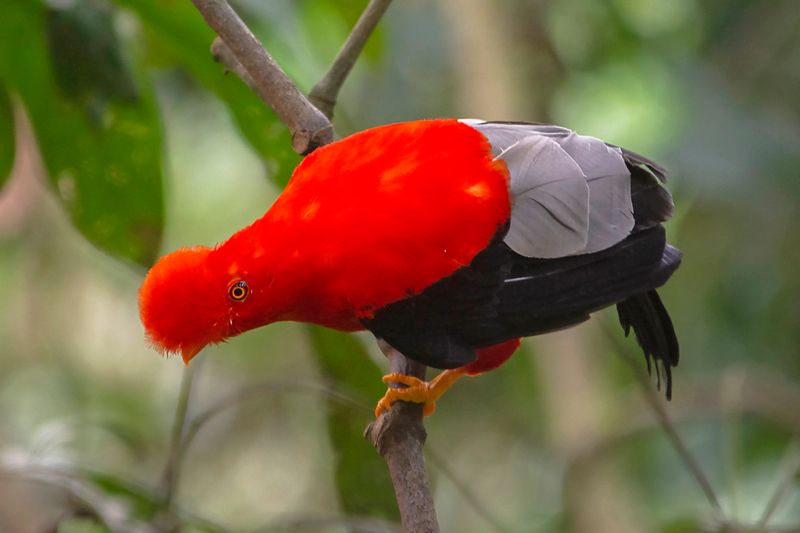
The brilliant orange-red plumage of male Andean cock-of-the-rocks isn’t static. Their feathers can intensify from orange to deep crimson during courtship displays, creating a pulsing effect that mesmerizes potential mates.
The color change happens through increased blood flow to specialized feather follicles. Males gather in groups called leks to compete with their color-changing abilities. Their feathers also possess unique structures that create different color intensities depending on viewing angle.
13. Adaptable Allen’s Hummingbirds
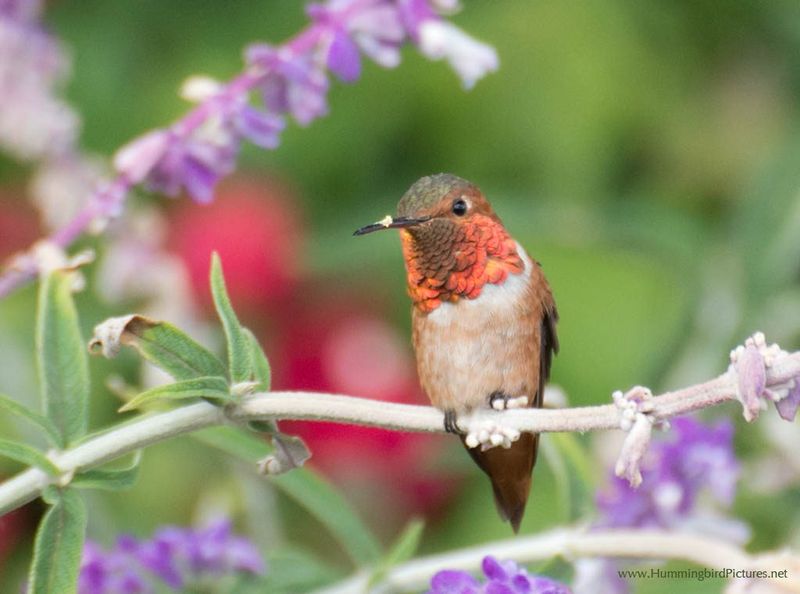
Male Allen’s hummingbirds sport gorget feathers that can shift from copper-orange to blazing red in milliseconds. What makes them special is their ability to control this color change through precise muscle movements.
By slightly adjusting feather angles, they create targeted flashes of color aimed specifically at potential mates or rivals. These tiny birds have essentially evolved controllable signal lights that they can aim with remarkable precision during aerial courtship battles.
14. Versatile Violet-Green Swallows
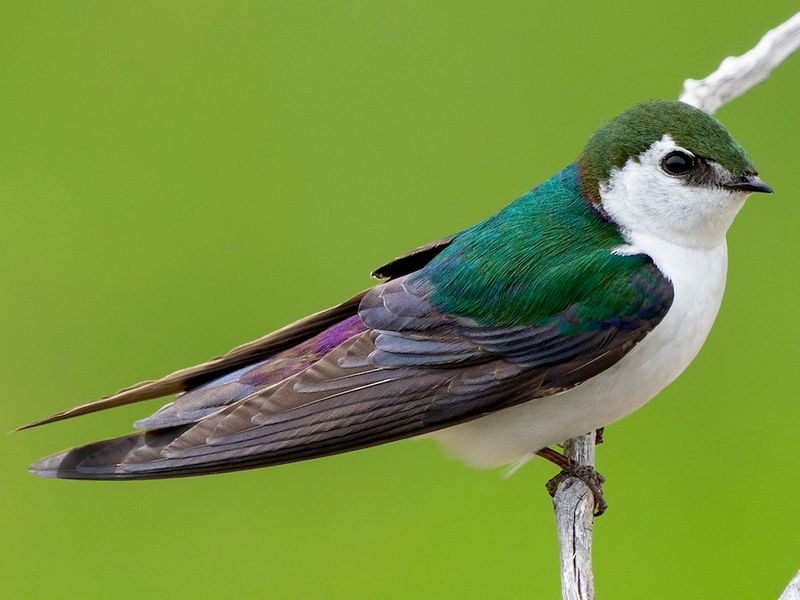
These aerial insect-hunters feature back feathers that appear completely different colors depending on viewing direction. From above, predators see camouflaging green, but from below, other swallows see communicative violet signals.
This directional color change serves dual purposes – hiding from threats while maintaining social connections. Their feathers contain stacked layers of melanin crystals that selectively reflect different wavelengths based on viewing angle, functioning like natural one-way mirrors.
15. Glittering Gould’s Sunbirds
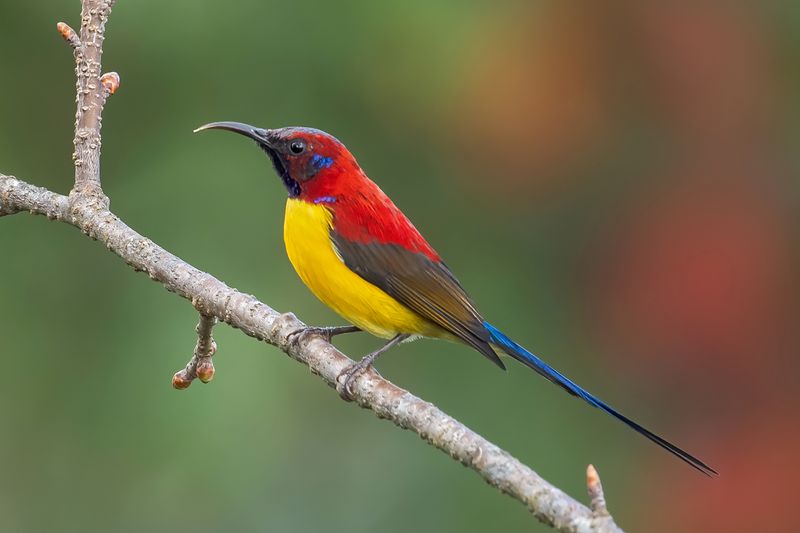
Gould’s sunbirds possess throat feathers that perform an astonishing color transformation. When relaxed, their gorgets display a deep emerald green, but when excited during displays, the same feathers flash brilliant blue without changing position.
This phenomenon occurs because their specialized feather structures contain both green-reflecting and blue-reflecting layers. Excitement causes tiny muscles to compress these feathers, altering the spacing between reflective layers and changing which wavelengths bounce back to viewers’ eyes.
16. Morphing Mandarin Ducks
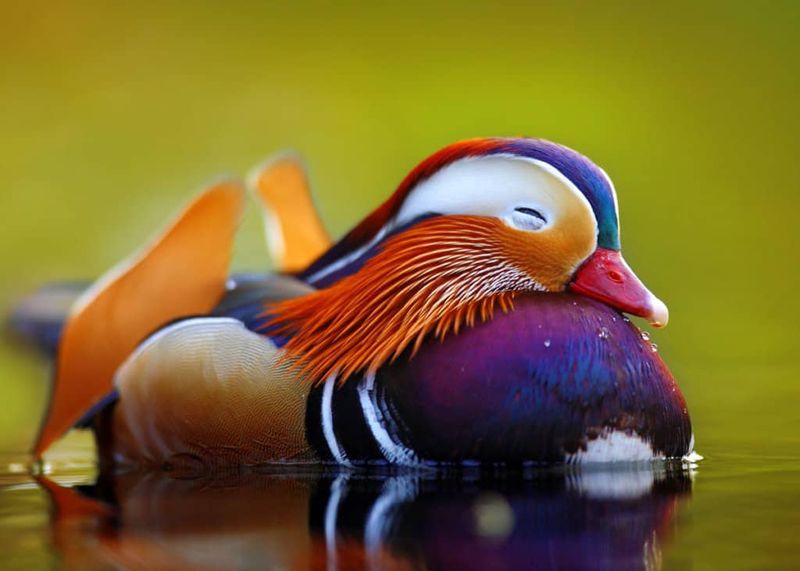
Male mandarin ducks sport sail-shaped feathers that shift from copper to purple to blue as light conditions change. These specialized feathers serve as both visual displays and rudders during complex mating flights.
The color transformation is most dramatic during dawn and dusk when changing light angles create a rippling effect across their plumage. Unlike many birds, their color-changing ability works equally well on water and in flight, making them living light shows in any environment.

